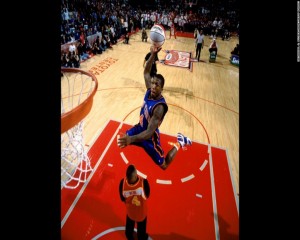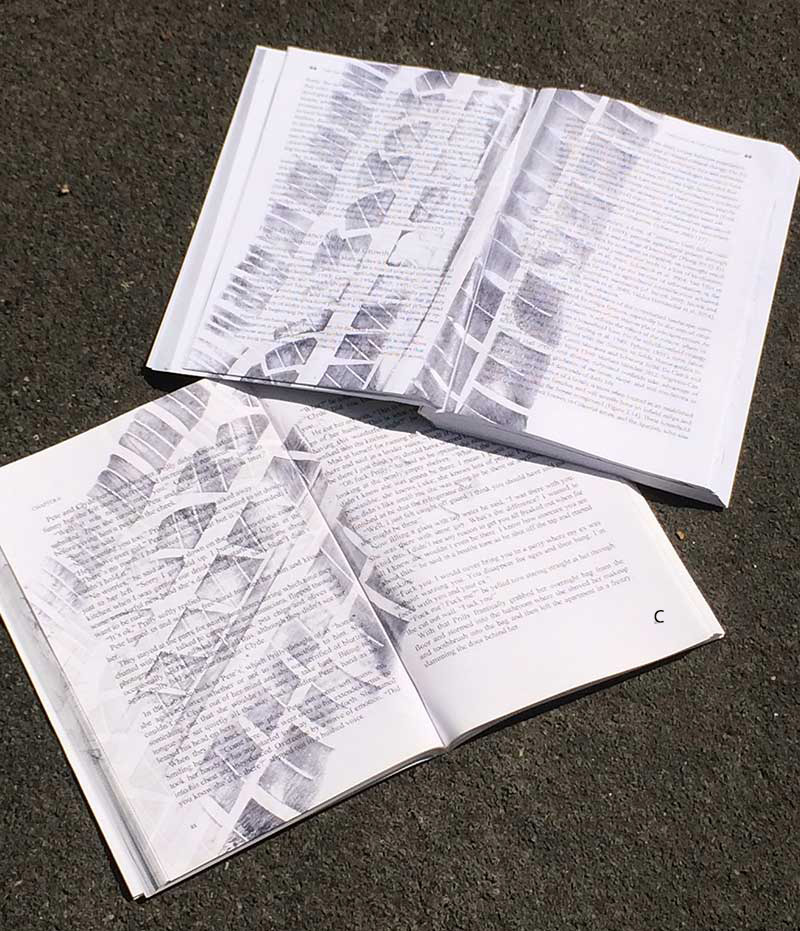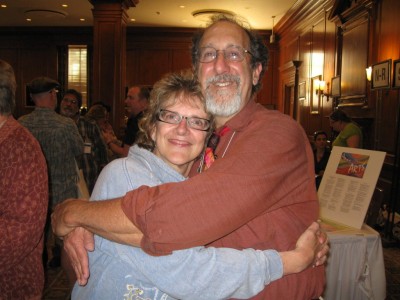


Mitch’s Blog
How to Slam Dunk a Journal Editor
Friday, January 13, 2017
 Joya Misra and Jennifer Lundquist, two well-known sociologists at U Mass Amherst, wrote an article for yesterday’s Inside Higher Education called How to Slam-Dunk a Revision, part of IHE’s practical advice for young academics on how to survive in higher education. I’ve written on this topic myself, including in my Essentials of Publishing Qualitative Research and a blogpost for the International Institute for Qualitative Methodology (Nov. 2014), and discuss it regularly in getting published workshops I regularly give for academics.
Joya Misra and Jennifer Lundquist, two well-known sociologists at U Mass Amherst, wrote an article for yesterday’s Inside Higher Education called How to Slam-Dunk a Revision, part of IHE’s practical advice for young academics on how to survive in higher education. I’ve written on this topic myself, including in my Essentials of Publishing Qualitative Research and a blogpost for the International Institute for Qualitative Methodology (Nov. 2014), and discuss it regularly in getting published workshops I regularly give for academics.
For the most part, Misra and Lundquist’s article is on target and well worth reading. Among the highlights:
- good scholarship is a multistep process and the peer review and revision process is one of those crucial steps
- focus on the content of the critique rather than the (often snarky) tone of the reviewer
- create your own list of reviewer comments, grouping and organizing them, to better understand the task ahead of you and to hide the sting of having your work criticized
- carefully craft a revision memo showing how you have addressed the critiques when resubmitting the manuscript
But there is one element missing, one that two perceptive sociologists should have picked up on—that peer review is a social process. There is a gatekeeper involved, the journal editor, usually the ultimate decision maker on whether or not you get published. As every sociologist knows, relationships built during social interactions are crucial for the success of those interactions. If you really want to slam dunk your revision, get tight with the journal editor.
It’s not that the authors refuse to recognize the importance of the journal editor in the process.
“A strong editor reads all the critiques and the original manuscript and identifies key issues shared across the critiques.”
“Speak with the editor about the review you feel is unfair.”
“[If] the editor’s [decision] letter does not help, ask the editor for guidance.”
But their suggested strategies are all reactive to problems in the review process. Better to have a relationship with the journal editor before you start. After all, the reviews you receive are in most cases only advisory. The editor can ignore reviews—good or bad—in deciding what goes in her journal. She’s the person you need to please, not the reviewers. Having a positive personal relationship with her can only help you.
This is not always possible in a journal that processes thousands of articles a year, nor in cases where the journal editor deliberately isolates herself from potential authors. But those are the exceptions. ALL journal editors want to publish to the best articles they can. The more articles they see, the more choices they have. They want to know what you’re doing.
But they don’t want articles that don’t fit their vision for their journal. If your article is not right, or only partly right, they’ll tell you. It will save a lot of time and anguish waiting for a decision if you know this in advance. And if your dialogue with the editor gives you hints on how to focus your article to maximize the chances of being accepted, that’s all in your favor.
 My suggested strategy for young scholars is to try to build a relationship with the journal editor before you ever submit an article. Start with an email inquiry and include an abstract, or make a brief phone call, or introduce yourself in the halls of a conference. The goals are to build a relationship with the editor, give her some idea of what you are working on, and highlight how excited you would be to publish in her journal. If you’re shy, ask one of your mentors to make the introductions.
My suggested strategy for young scholars is to try to build a relationship with the journal editor before you ever submit an article. Start with an email inquiry and include an abstract, or make a brief phone call, or introduce yourself in the halls of a conference. The goals are to build a relationship with the editor, give her some idea of what you are working on, and highlight how excited you would be to publish in her journal. If you’re shy, ask one of your mentors to make the introductions.
Even better, volunteer to review articles for a journal you are interested in by submitting a CV to the editor long before you ever send them an article. If you do good, timely reviews, the editor will assume that you produce good academic work yourself and will be more inclined to give you the benefit of the doubt if necessary. This relationship can be a good one in m any ways and can last much longer than consideration of a single article if it is built on each of you helping the other with your professional goals.
Getting published is a social process, thus all about relationships. Developing them will help advance your career.
Only one minor complaint about the Misra/Lundquist piece: why do they hyphenate “slam-dunk” when not even the NBA does? I’ll blame the web editors for that one as the article title didn’t really match the authors’ tone in the rest of the piece.
Titles? Ah, that will be the topic for another blog post.
Images courtesy of NBA website and Carolyn Ellis
Back to Scholarly Roadkill Blog
Scholarly Roadside Service
ABOUT
Who We Are
What We Do
SERVICES
Help Getting Your Book Published
Help Getting Published in Journals
Help with Your Academic Writing
Help Scholarly Organizations Who Publish
Help Your Professional Development Through Workshops
Help Academic Organizations with Program Development
CLIENTS
List of Clients
What They Say About Us
RESOURCES
Online Help
Important Links
Fun Stuff About Academic Life


